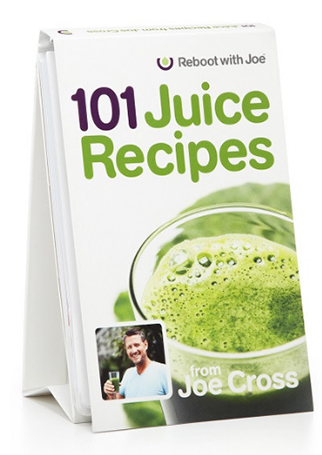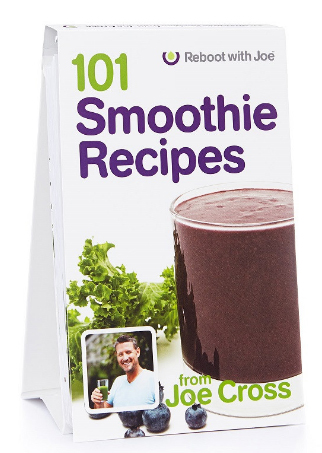Juicing vs. Blending: Everything You Need to Know
By Joe Cross
One of the most common questions people ask me is “Joe, what is the difference between juicing and blending?” Now, you might think the difference is obvious – but it turns out there’s a lot of confusion about the two, and many people believe they are juicing when in fact they are blending. So, let’s clear things up!
When juicing, the machine extracts the juice (this is the water and most of the nutrients the produce contains), leaving behind the pulp. When blending, there is no left-over pulp. Blenders pulverize the whole produce to make a smoothie.
What can make this confusing is that these machines all use different names. If you see the term “Nutrition Extractor™”, for example, how do you know if you are juicing or blending? Simply ask yourself the question: is the machine removing the pulp? If not, it’s not juicing!
But Joe, which one is better?
The short answer is, I love both.
I look at it this way: we all need plenty of fresh vegetables and fruit in our diet, whether we eat, juice, or blend them. They are nutrient dense powerhouses, and however we choose to take them in – it’s all good!
Juicing and blending are both great ways to include a lot of produce in our diet, and also to consume a greater variety than we may otherwise eat. But they are different and it is important to understand why.
When you juice you are removing the insoluble fiber – the pulp. Don’t get me wrong. Fiber is good for you. It keeps your digestive tract healthy and it slows down the absorption of sugar. But it also slows down the absorption of nutrients and some nutrients stay in the fiber. When you juice, you are extracting up to 70% of the nutrition right into your glass1, and without the insoluble fiber your body absorbs 100% of these nutrients.
Take a look at the ingredients you use next time you make a Mean Green juice for example, and imagine eating that as a huge bowl of salad at every meal – you’d be chewing all day! Even in smoothie, that’s a lot of produce to consume.
Still concerned about fiber? One of our Reboot nutritionists, Claire, has written a great post explaining the facts about fiber and juicing.
On a Reboot, which is best?
You have two options when selecting a Reboot plan: juice only, or juice plus eating an exclusively fruit and vegetable diet. Both are great, and which you choose will depend on your goals and your current state of health.
If you are Rebooting for health reasons, or have modest weight loss goals, an eating Reboot may be a better option. However, if you are Rebooting because you have moderate to high weight loss goals, a juicing Reboot is a better option. When you juice only, you tend to lose weight more rapidly.
I’m frequently asked “Can I use my blender/Vitamix/NutriBullet on a Reboot?” You can, but if you do so you are doing an ‘eating’ Reboot: the plan you follow will be different, the juice recipes will need to be modified (they are a created for a juicer!), and the results you see may also be different.
Still confused? Watch me make a juice and a smoothie in the Reboot Kitchen. You’ll see what the difference is!
And to further help you understand the differences between juicing and blending we’ve put together the following Juicing Vs. Blending Infographic.
You can also catch me on the juicing and blending video course featured on MindBodyGreen! During the course, I’m joined by Reboot Medical Advisory Board member, Dr. Carrie Diulus, and we walk you through the fundamentals of juicing and blending, and take your hand on the journey towards a healthier and happier life. Watch it now: The Complete Guide to Juicing and Blending

